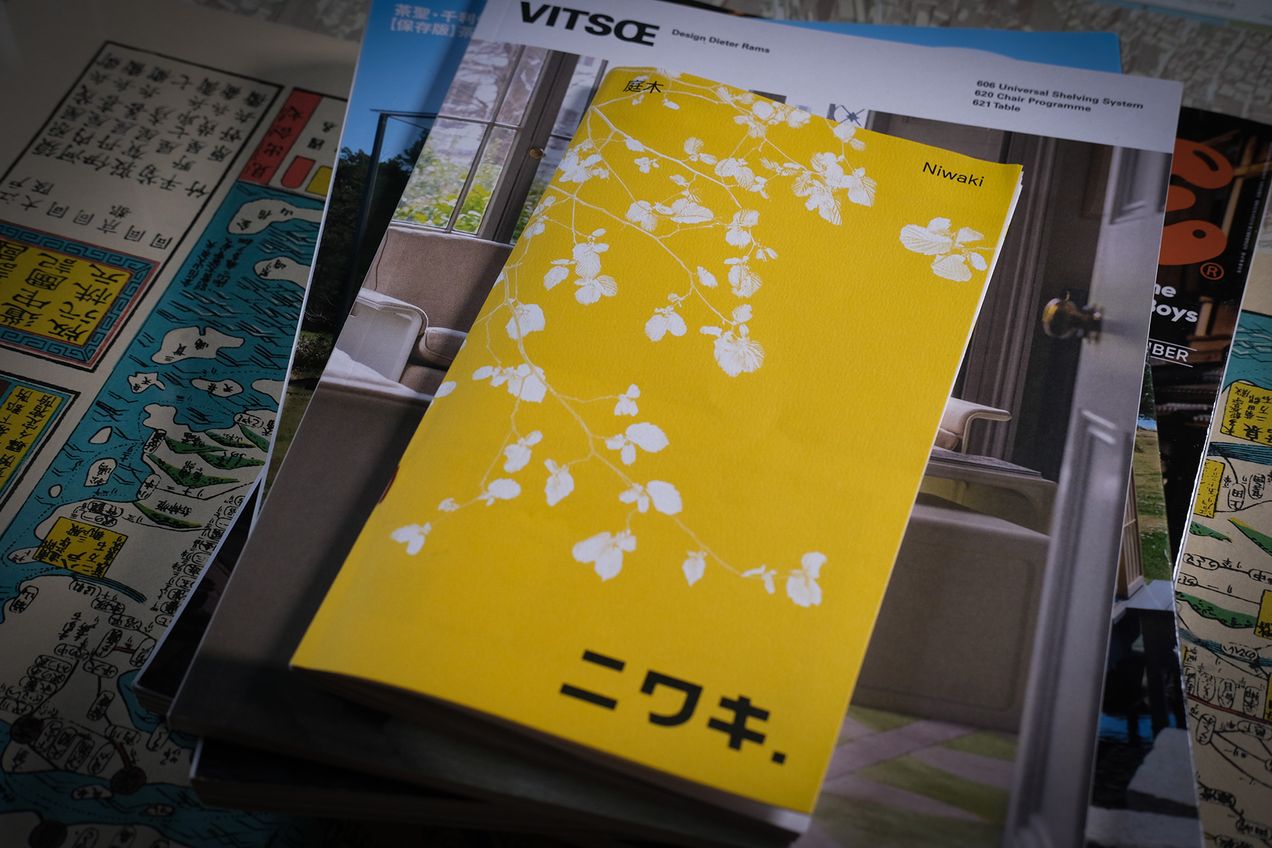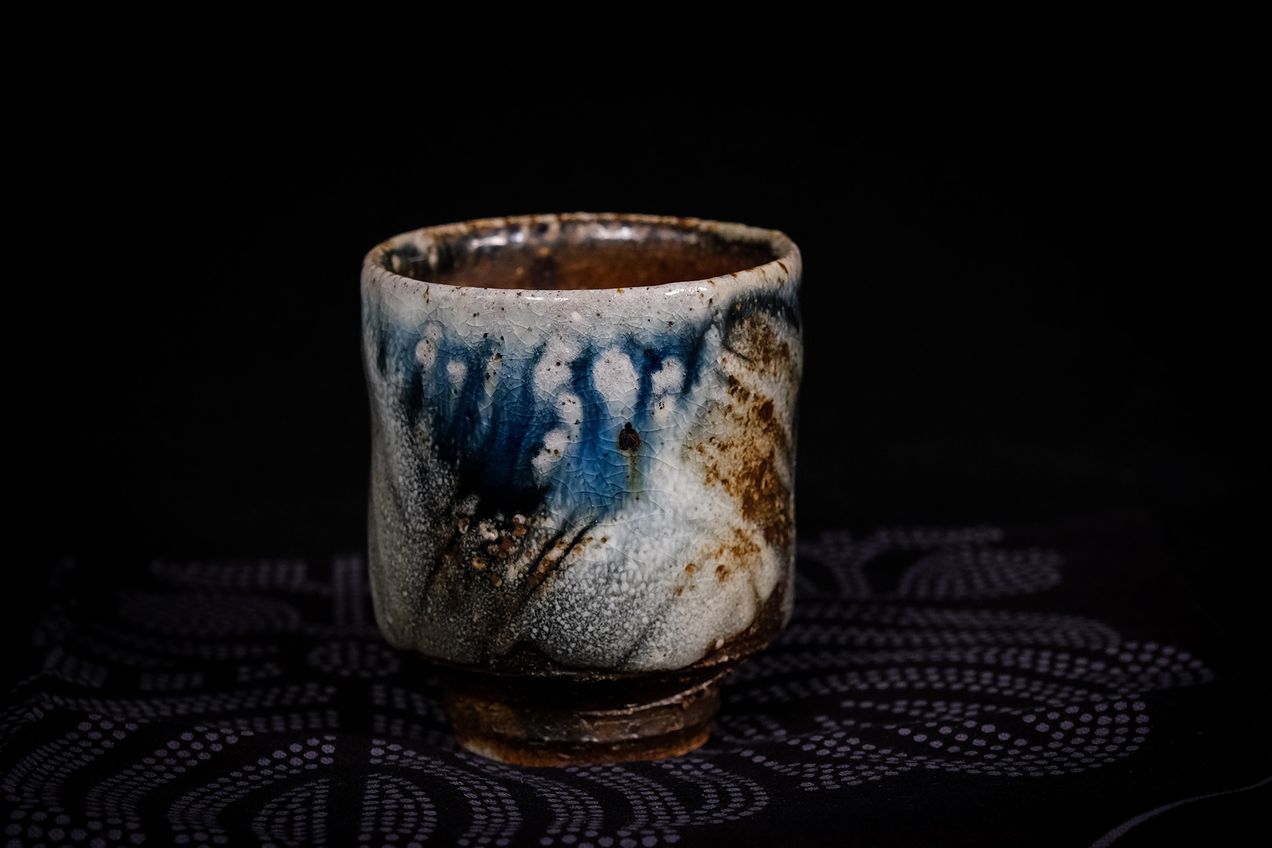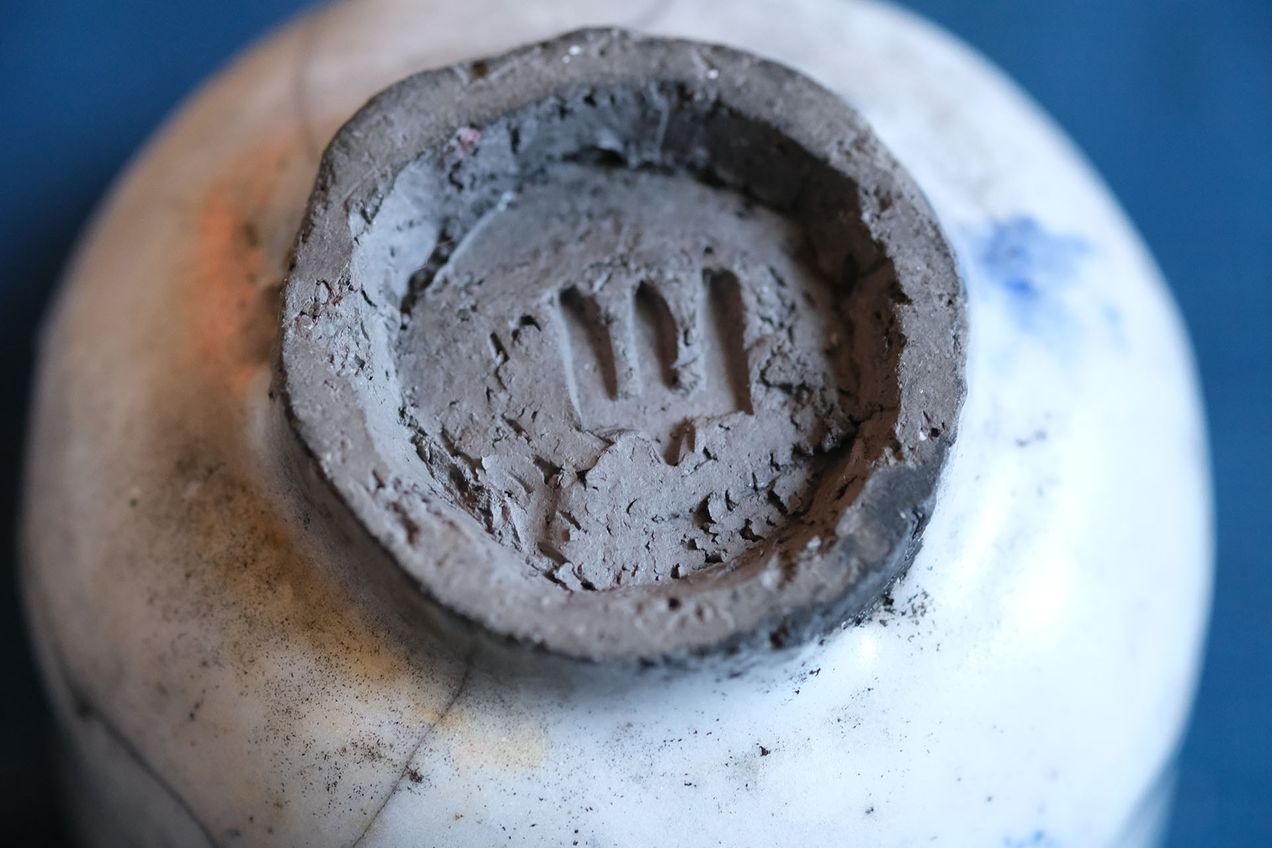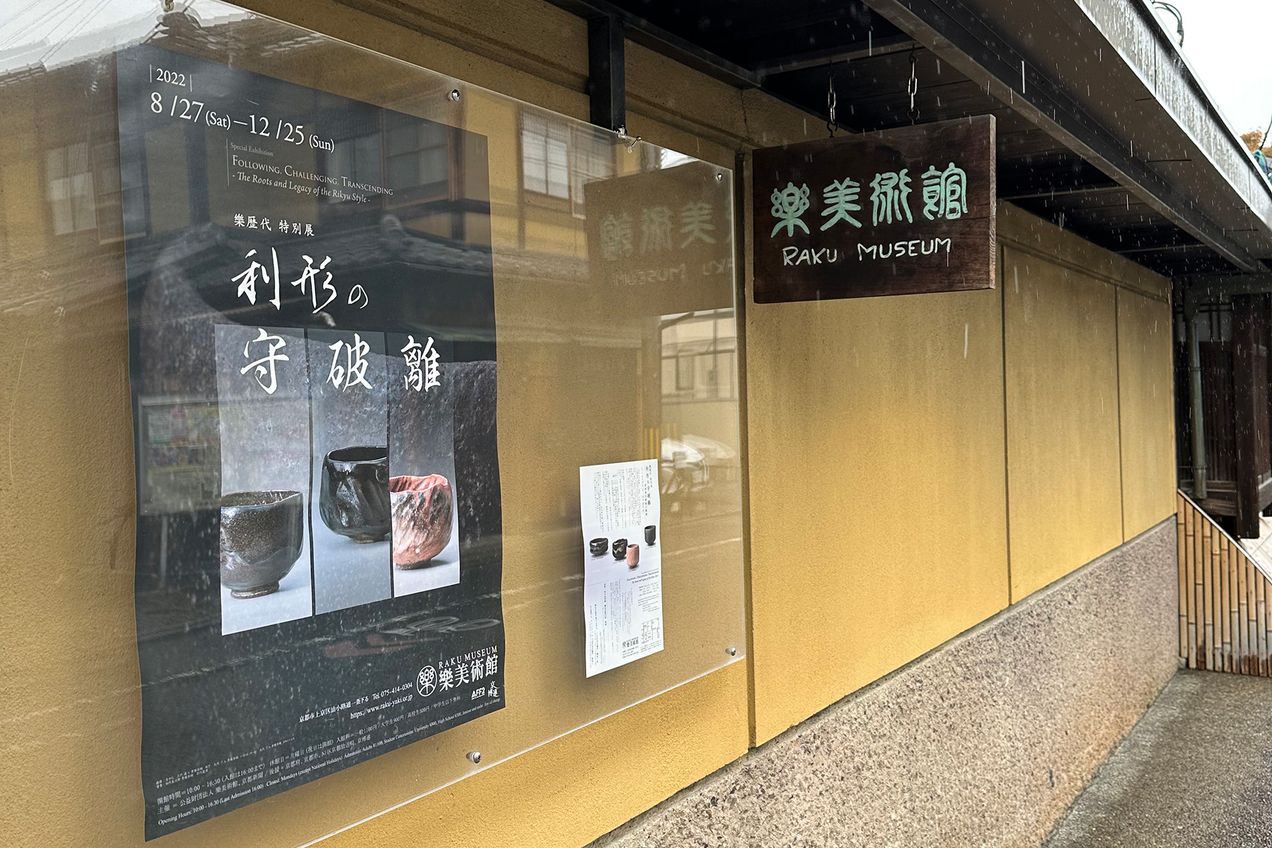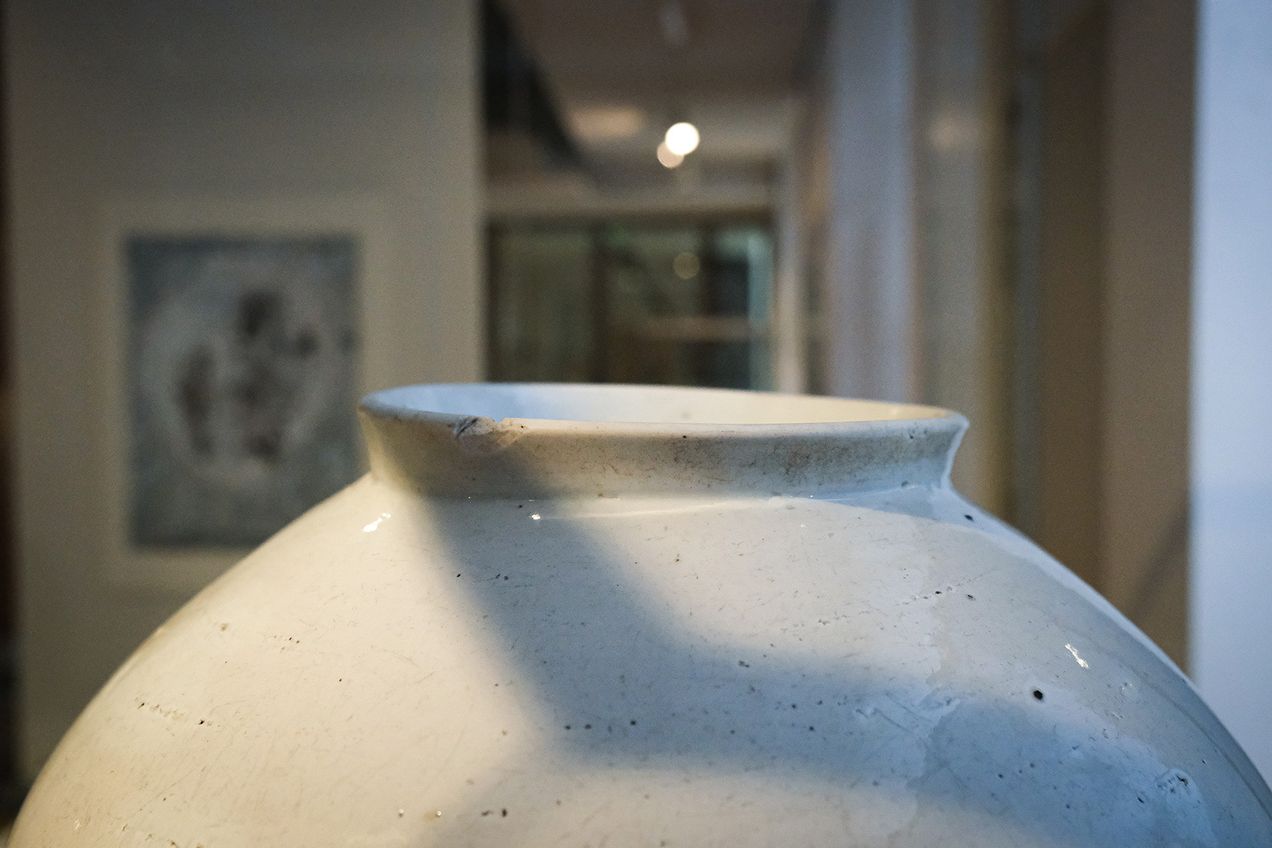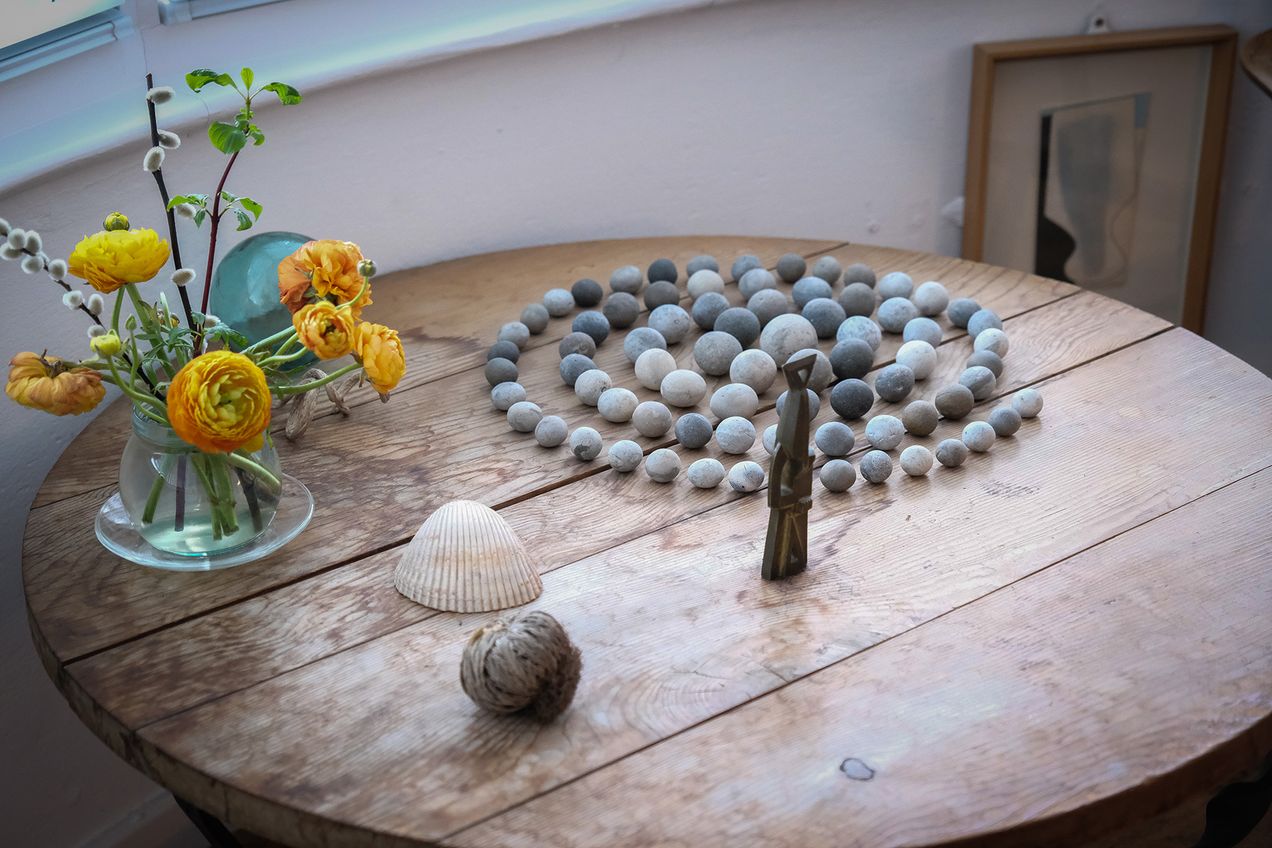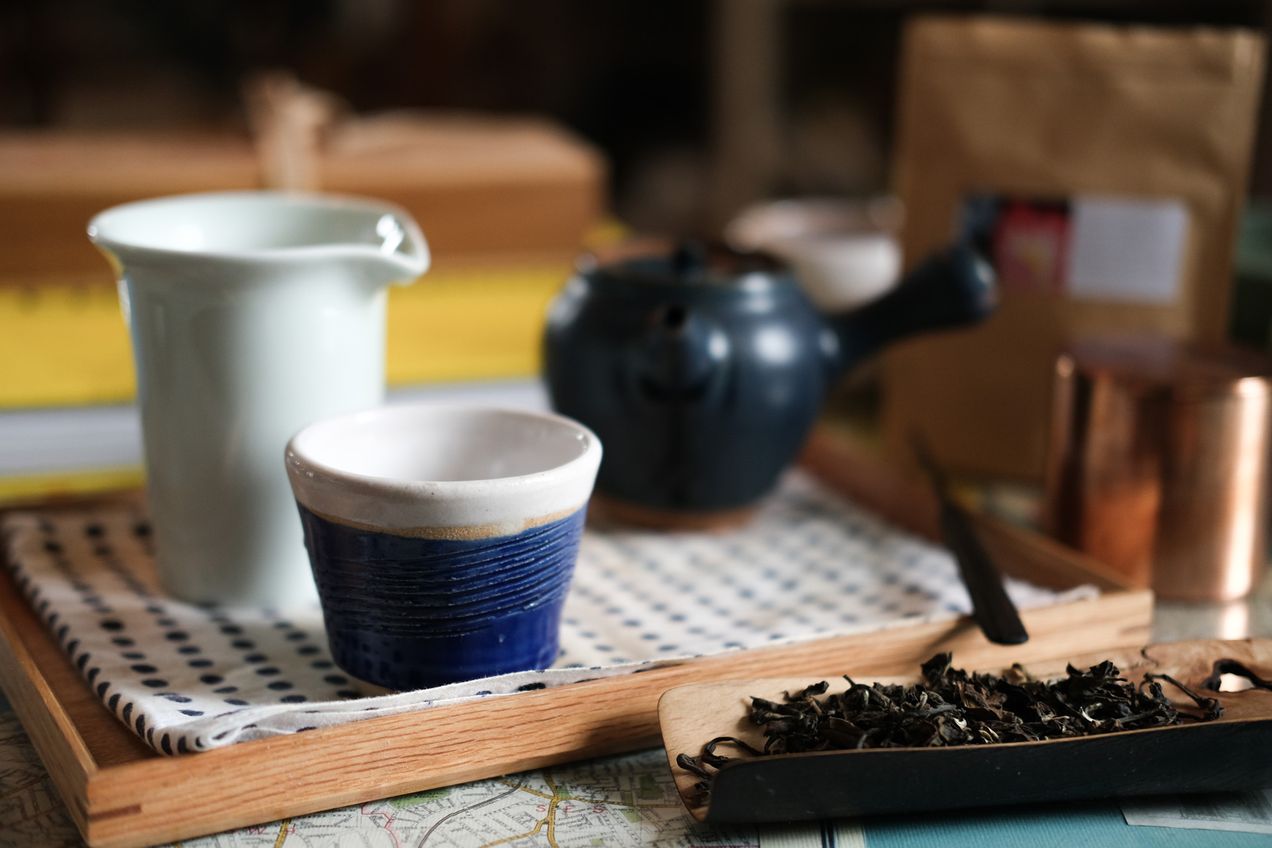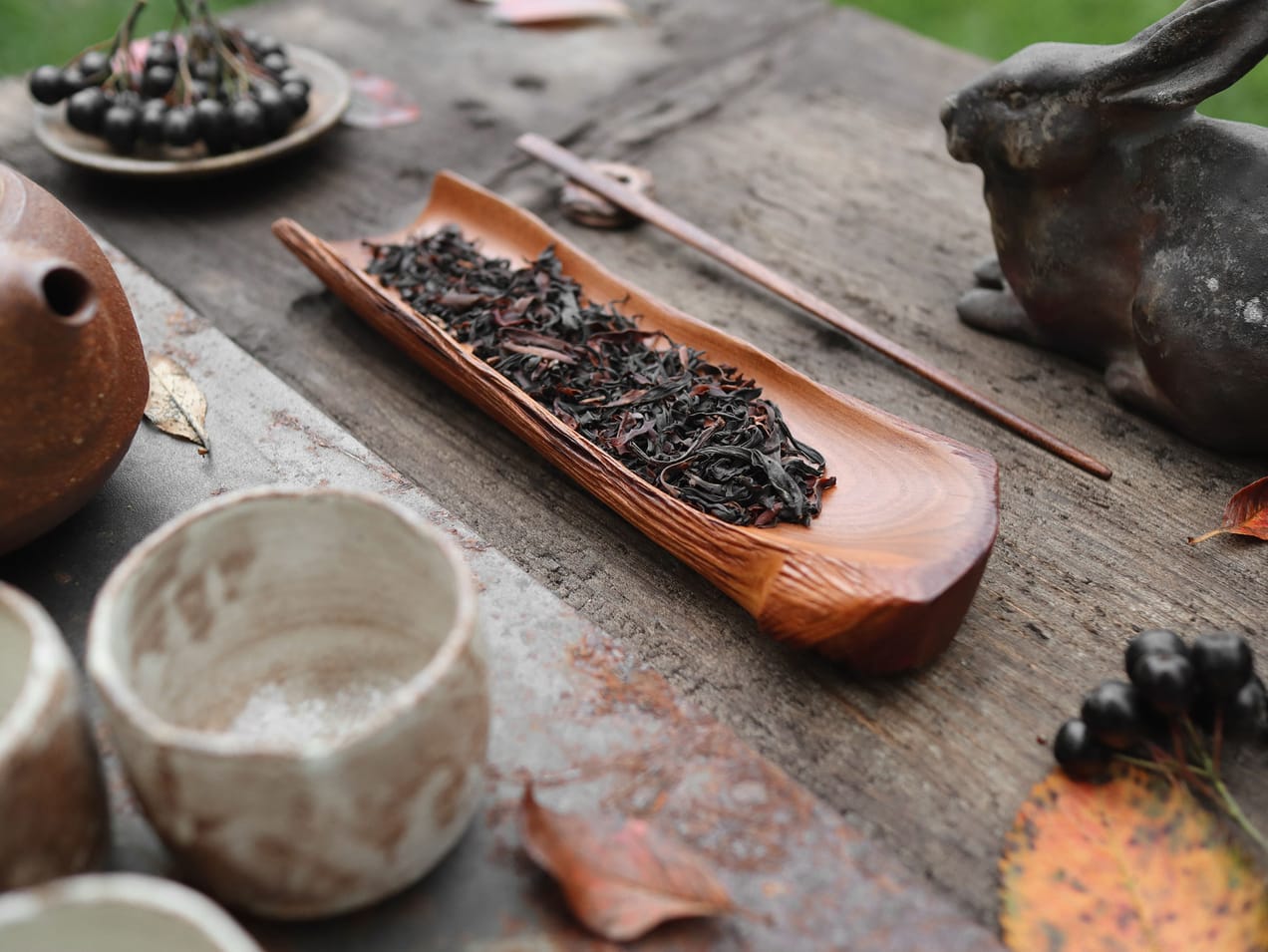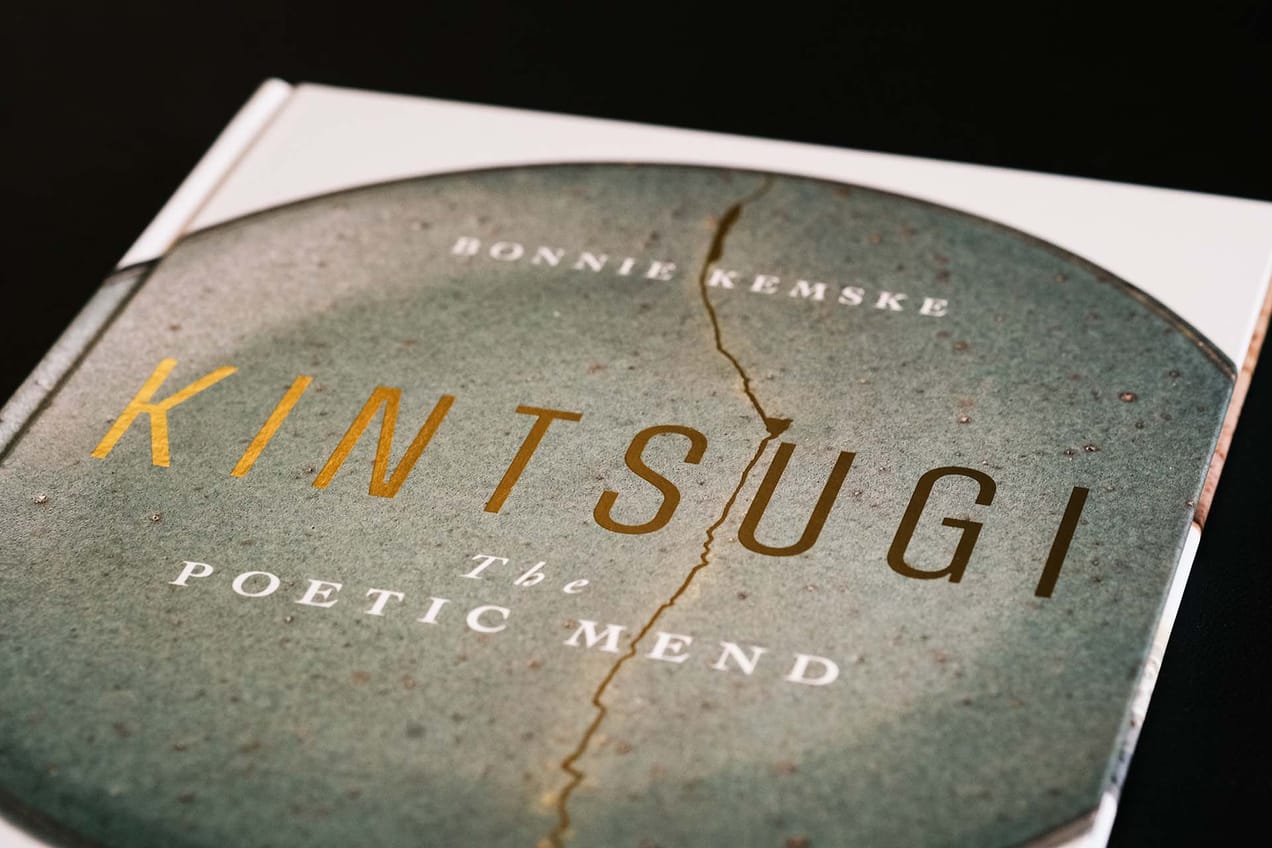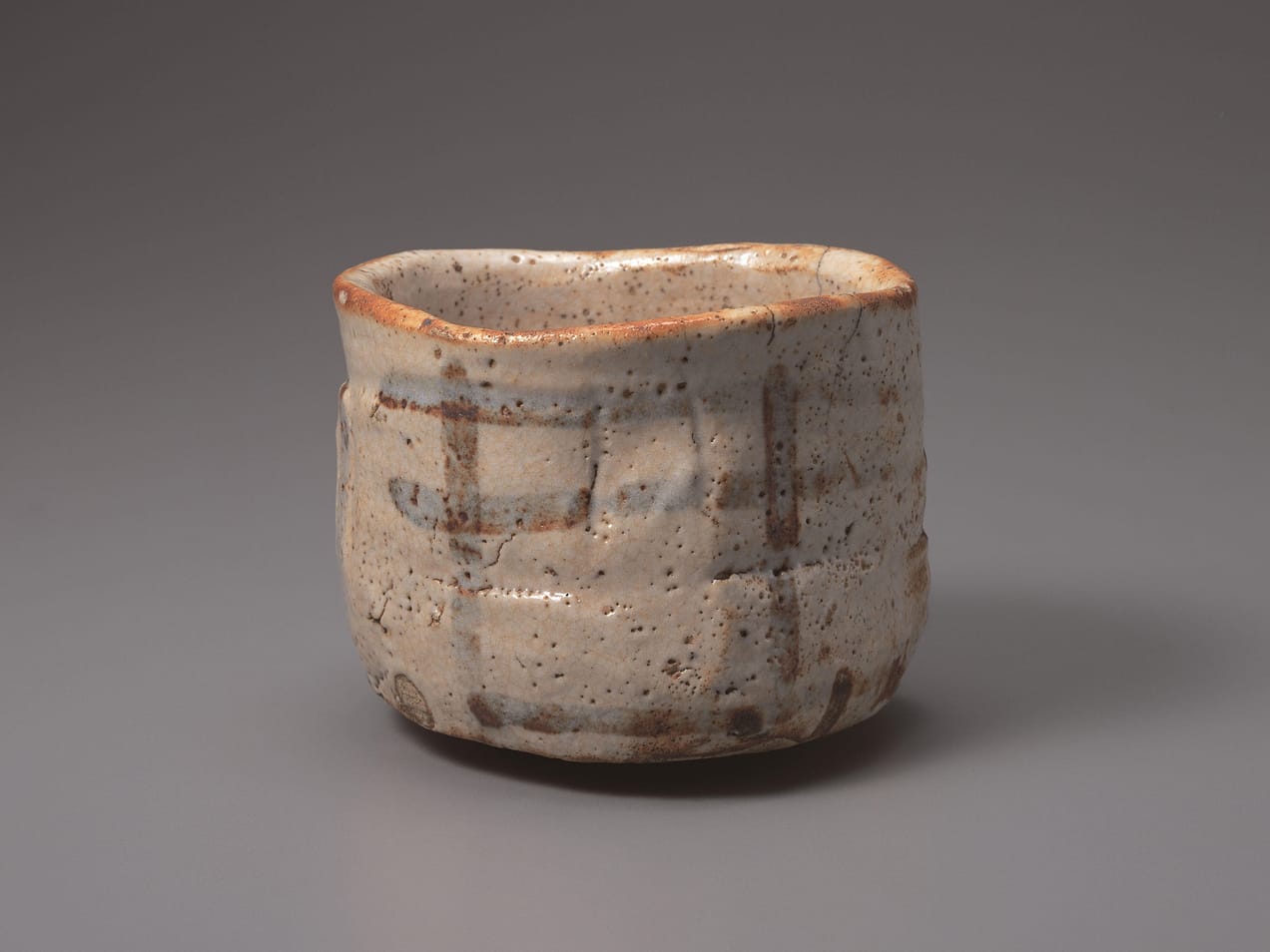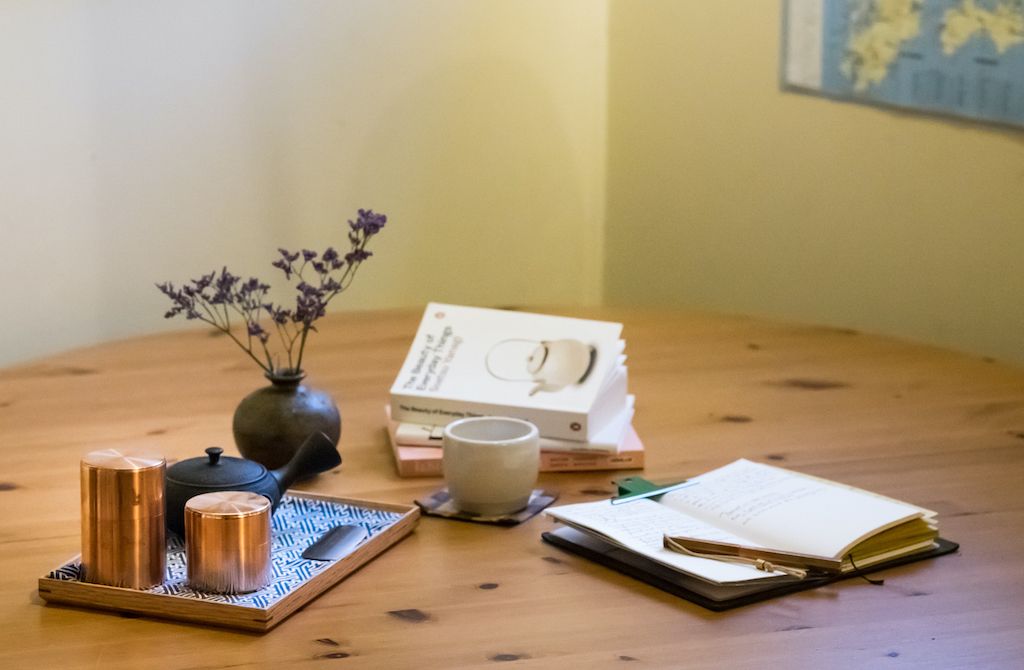Craftsmanship
The connection between maker and owner
"So somewhere along the line, I’ve switched from being a consumer to an owner. Or maybe even a custodian, if I look after them well enough to pass them on to my children: not inconceivable the way they’re going."
The humble yunomi
The yunomi is the workhorse of Japanese teaware. It’s the cup where you’ll be offered tea at a shop, a restaurant, an office or when visiting someone’s home. You’ll find it in daily use by people of all classes and backgrounds.
The Ukrainian Tryzub
Ivan Hryhorchuk of Viter Ceramics is a young Ukrainian potter whose work is inspired by Japanese ceramics and tea culture. As a fellow Japanophile, I found his teaware very relatable and bought some of it in 2019. When Russia invaded Ukraine in February of 2022, Ivan’s life and that
Traditions: from copying to rebellion to transcendence
When we think about traditional craft objects, the first image that comes to mind is that of old things, vintage looks, nostalgia and remote origin stories. However, traditions are living entities. They have to be born before they get a chance to establish themselves, they grow and evolve, and sometimes
I fell down a moon jar rabbit hole
Moon jars are a classic Korean form usually made of milky white porcelain resembling a full moon floating over a rice field.
Are you a collector or a maker?
I'm what you guys call a User. - Kevin Flynn, Tron (1982) 'Are you a collector or a maker?' a chatty chap asked me during a ceramics exhibition a few months ago. He then went on to tell me how proud he was of his Japanese
With my own two hands
Workweeks have been pretty intense so I spent the weekend recharging. I finally picked up the pots and cups I made over the last couple of months at Tokobo Pottery. They are raw and unrefined, even ugly. But you know what? Tea and coffee taste better in them just because
The Influence Of The Wood Is Everything
Sven Mihai lives somewhere in the mountains of Central Europe (he asked me to keep the location vague), where he goes on long hikes to collect wood to create unique teawares that have a cult-like following. Getting hold of one of his products is not as easy as your average
Kintsugi: The Poetic Mend
Kintsugi (金継ぎ, 金: gold and 継ぎ: joint, joining) has taken the West by storm over the last decade. The hype has been fuelled by the visual dominance of platforms like Instagram and pop-psychology. Google it and you'll find innumerable photos, DIY kits, famous - if slightly taken out
The Social Life of Objects
Republished and updated from The Craftsman Newsletter from October 2020 As my Summer went by without much of an actual summer-vibe, I found myself — like many others — spending more time at home. It was akin to being in a spaceship like in 2001: A Space Odyssey (without the evil computer)
OEO Studio: Breathing New Life Into Craftsmanship
Thomas Lykke's grandfather was a carpenter. He transmitted to his grandson a passion for wood, the knowledge of how to use the tools, a genuine care for quality and, of course, the aesthetics of a well made object. Many years later, after training as a fashion designer in
Teachings from Japanese craftsmanship: what is enough?
This essay has been adapted from a short talk I gave at the Grande Finale of the House of Beautiful Business in Lisbon on November 6th, 2019 (watch the video). In March of this year I quit my job. I was feeling exhausted physically and mentally, and there was something


